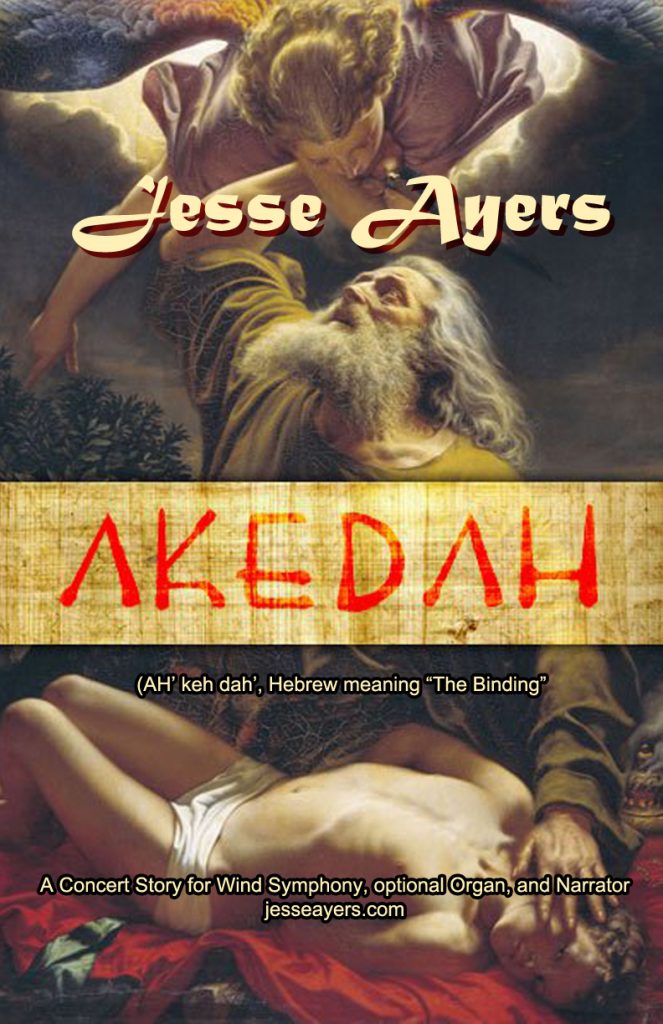
“A total knock-out”
Concert story for symphonic band and narrator
The fascinating life of the controversial 19th-century abolitionist John Brown
Exciting, action-packed history
19 minutes. Grade 5
WINNER, 2011 American Prize for Composition
SCROLL DOWN FOR RECORDINGS AND PROGRAM NOTES
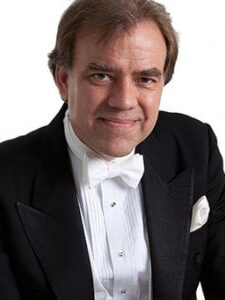
TOTAL KNOCK OUT
The Ayers commission was a total knock out. The audience was overwhelmed, and their powerful response has continued unabated. I kep hearing from people how moved they were by the music, the drama, and the haunting ‘flashbacks.’
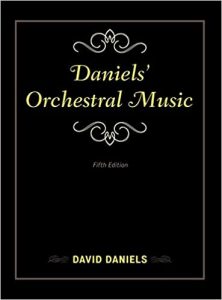
AMAZING WORK
An Amazing work, beautifully paced and orchestrated. I love it. If it weren’t that I have retired from conducting, I would be figuring out a way to program it.
Also available for orchestra
This surround-sound, narrated work tells the fascinating story of the controversial 19th-century abolitionist through his own words, as well as those of his children, Thomas “Stonewall” Jackson, and the widow of a man Brown ordered murdered. Robert E. Lee, “Jeb” Stuart, and Frederick Douglass also figure into Brown’s story. The work includes uptempo action sequences describing paramilitary operations, nostalgic passages of memories of Brown’s children or their father, Brown’s own dramatic defense spoken at his 1859 trial, and the letter he wrote to his wife and children from jail as he awaited hanging.
Video: excerpt, Michigan Philharmonic performance
Complete work. Mid-Atlantic Wind Symphony
Performances
- 2018, Ohio Northern University Symphony Orchestra, Dr. Travis Jürgens, conducting
- 2016, The Windiana Concert Band; Jeffrey Scott Doebler, conducting; Richard amRhein, narrating
- 2016, Mississippi College Symphonic Winds; Craig Young, conducting; Hosea Griffith, narrating
- 2016, The Riverbend High School Symphonic Band, Aaron Noë, conducting
- 2016, The Mid-Atlantic Wind Symphony; Aaron Noë, conducting
- 2015, Michigan Philharmonic Orchestra, Nan Washburn, conducting
- 2009, Akron Symphony Orchestra, Christopher Wilkins, conducting; Leon Bibb, narrating
“A total knock out”
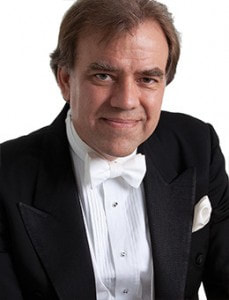
“Jesse Ayers’ The Passion of John Brown is a total knock-out. On a purely visceral level it is magnificent. The audience was overwhelmed, and their powerful response has continued unabated. I keep hearing from people how moved they were by the music, the drama, the pacing, and the haunting ‘flashbacks.’
“Just as remarkable was the reaction of our educational audiences. At first, I was reluctant to program John Brown in its entirety for middle schoolers, unsure whether it could hold their attention for 19 minutes. But as it turned out, they were perfectly rapt, nobody moved! They were as quiet as any adult audience. Teacher surveys have come back to us now – all scored this ten out of ten.
“Ayers had artfully achieved many things at once: he has covered a crucial chapter in American history in a clear and memorable way. He has brought tension and drama to the vexing questions of slavery, abolition, and armed resistance. And he has added to the history books something only music can: he’s given John Brown flesh and blood. Ayers portrays both the everyday qualities of father, husband, and citizen, and the outsized passions that emboldened Brown in the most extraordinary ways. We hear in Ayers’ piece Brown’s authentic voice.”
—Christopher Wilkins, Music Director & Conductor, the Akron Symphony
Program Notes
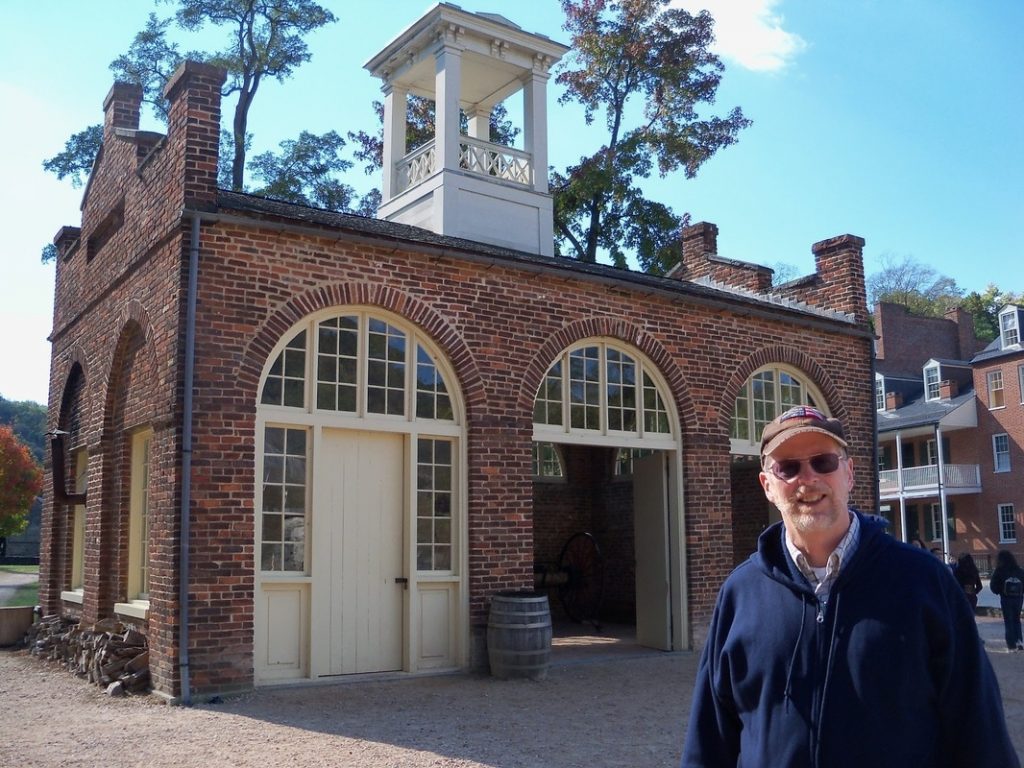
As I set about researching the life of John Brown for this work, I discovered a story so intriguing that it became a great challenge to condense it into a manageable size. There is many an interesting event and quote that had to be left “on the cutting room floor.”
The Passion of John Brown attempts to tell Brown’s fascinating story, both the good and the bad, as much as can be told within the confines of a narrated orchestral work. In it, you will hear quoted Brown’s favorite hymn, Blow Ye the Trumpet, Blow. The refrain of this hymn declares “the Year of Jubilee is come.” I have used melodic fragments from this refrain as haunting bugle figures echoed by the surround-sound trumpets. These figures contain much symbolism that will be better understood with the following explanation of a little known, but significant, Old Testament concept.
Most of us are familiar with the Sabbath rest on the seventh day. In Leviticus 25, God provided that after seven cycles of seven years, the fiftieth year was to be a Year of Jubilee, a Sabbath rest from economic cycles, so to speak. All debt was cancelled, ownership of all land reverted to the original owners, and, most importantly to John Brown, all indentured slaves were to be set free. It was to be a year of fresh starts and second chances.
Jubilee began on the Yom Kippur (the Day of Atonement) and was to be announced by the blowing of ram’s silver plated rams horns trumpets throughout the land. The hymn’s title, Blow Ye the Trumpet, Blow, is referring to these Jubilee trumpets. Brown, who was quite familiar with the Bible, would have been familiar with the Old Testament Jubilee principle, and would have understood hymn author Charles Wesley’s intent to draw a spiritual analogy between Old Testament Jubilee and the New Testament proclamation of Divine forgiveness of the debt of sin. But with Brown’s passion for seeing an end to slavery, he no doubt sang the hymn also hoping for a literal, earthly Jubilee when the slaves would finally be set free.

So when the surround-sound bugles are heard, there is a double meaning. First, they represent the Jubilee trumpets blowing in the mind of John Brown, announcing freedom for the slaves. Second, they remind the listener, as a pre-echo, if you will, of the Civil War battle bugles that would soon be blowing throughout the land instead, because America had refused to sound the Jubilee trumpets when it might have. (Lincoln expresses a similar idea in the latter part of his second inaugural address, “… that [God] gives to both North and South this terrible war as the woe due to those by whom the offense came.”)
In addition to thanking Maestro Christopher Wilkins for the invitation to write for the Akron Symphony Orchestra, I also wish to thank my colleague Dr. Jay Case of the history department at Malone University, as well as my son Matt, a Malone history graduate, for their assistance in helping me understand the times in which John Brown lived. The score carries the dedication “to Jerry McFadden, a friend to the arts and a friend to me.”
— J.A.
Biographical Sketch of John Brown
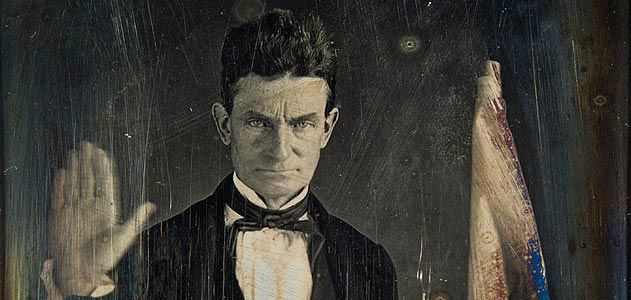
John Brown (1800-1859) was “such a man as it takes ages to make, and ages to understand.” So wrote Henry David Thoreau a few months after Brown’s hanging in Charles Town, Virginia (now West Virginia). Time has certainly proven Thoreau right on the latter part of his statement. Today, 150 years later, historians still puzzle over what to make of John Brown. Zoe Trodd and John Stauffer of Harvard University write, “A kaleidoscope of antonyms swirls around him: he is a humanitarian, genius, saint, and patriot, but also a murderer, egomaniac, fanatic, and extremist.”
Extremist perhaps, but to John Brown, slavery was an extreme injustice. To Brown, Congress had passed a series of unjust laws pertaining to slavery spanning nearly four decades, all of them, to Brown, attempts by politicians to maintain a convenient but oppressive status quo while avoiding the fundamental question of whether or not America believed that “all men are created equal.”
Brown’s keen sense of equality is illustrated in the following account given by Brown’s eldest son, John Jr., of an 1836 church meeting in Hudson, Ohio. “There were a number of free colored persons and some fugitive slaves attending church. They were given seats by themselves, near the door. Father noticed this and rose and called attention to the discrimination, and said that he did not believe that God is ‘a respecter of persons.’ He invited the colored people to occupy [our] seats, and our family took their vacated seats.”
So whether we think John Brown’s actions right or wrong, perhaps we understand him better by realizing that by the time of his Harper’s Ferry raid, Brown had worked actively for the abolitionist cause for more than 20 years — including hiding fugitive slaves at the risk of prison — and seen no progress toward slavery being declared illegal.
John Brown was also the product of “bleeding Kansas.” When Brown moved to Kansas around 1855, Kansas in chaos. There were two legislatures, one proslavery, the other anti. Tensions had escalated into a shooting war between the Free-Staters and proslavery raiding parties from Missouri, known as the Border Ruffians. Action, not debate, became necessary for survival, and John Brown became a man of action. It was at this time John Brown adopted the title “Captain” and led a band of men in paramilitary engagements, often outmanned and outgunned, defending the lives and property of Free-Staters.
Freedom fighter or terrorist? Demon or an angel? Perhaps John Brown is best understood as yet another of the many casualties of nineteenth-century America’s toleration of slavery.
— J.A.




